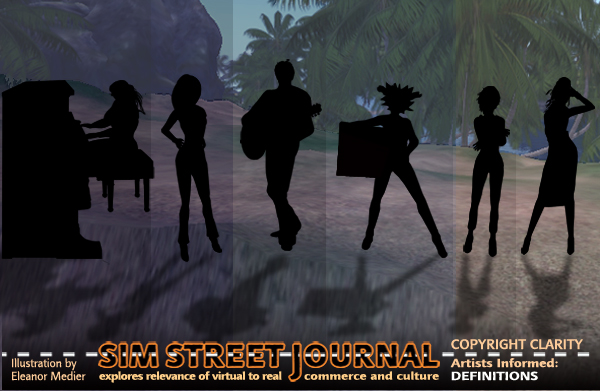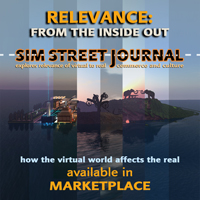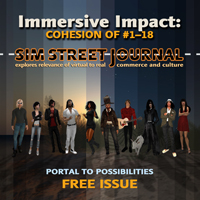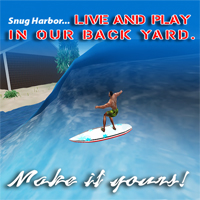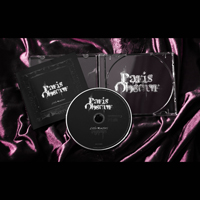Copyright Definition
DEFINITIONS
> Copyright—”the exclusive right to the publication, production, or sale of the rights to a literary, dramatic, musical, or artistic work, or to the use of a manufacturing or merchandising label, granted by law for a definite period of years to an author, composer, artist, distributor, etc.” [This covers artistic creations.]
> Trademark—”a symbol, design, word, letter, etc. used by a manufacturer or dealer to distinguish his products from those of competitors, and usually registered and protected by law.” [Protects names in a tangible form.]
> Patent—”a document open to public examination and granting a certain right of privilege; letter patent; especially, a document granting the monopoly right to produce, use, sell, or get profit from an invention, process, etc. for a certain number of years.” [Covers product ideas and inventions.]
—Webster’s Dictionary
– – – – – – – – – – – – – – – – – –
COPYRIGHTS
(reproduced from Digital Design Business Practices*)
Everyone needs to have a basic understanding of the copyright law, and know instantly if there is a violation in any material about to become public media.
Ownership of digital material becomes more crucial the easier it is to share. Everyone needs to be aware of its dangers because everyone owns and uses intellectual property. In a publishing environment, the sharing of information is fluid, but usually defined to a use. Where property comes from is not an indication of what rights may apply, so if used, ownership needs to be apparent. Description of the copyright law outlines:
> tangibility—only works of authorship fixed in a concrete medium of expression are are protected. Ideas cannot be copyrighted, only their depiction in a tangible form, which includes a digital file. This covers many different forms of authorship:
• literary works—writing which includes any printed or online text.
• pictorial or graphic works—design, illustration, photography, visual art of any medium
• audiovisual works—videos, websites, television
• computer programs—software or platforms of all kinds
• sculptural works—three dimensional work, packaging, displays
• musical works and sound recordings—CDs, tapes, downloads, sound clips
• dramatic and motion picture works—movies, videos, theatrical performance
• choreography—dance, motion design
• architecture—residential, commericial, experimental
> length of ownership—currently, the duration of a copyright is for the lifetime of the creator plus seventy years. Works owned by corporations are protected for ninety-five years.
> public domain—after the copyright expires, the work of the creator becomes ‘public domain’ and no longer protected by copyright and may be used by anyone without permission. However, foundations can continue to hold copyrights longer, so this should be verified before use.
> fair use clause permits the reproduction of copyrighted works for use in journalism, education, and research, all instances where the work is part of compilation or criticism, not for resale.
Please note that it is wise to include a © symbol and information on all works, but the default always goes back to the creator with or without that notice. Proof of origin may be required in disputes.
– – – – – – – – – – – – – – – – – – – – – – – – – – – – – – – –
Copyright Clarity: Artists Informed
Ownership governs rights.
Permissions dictate use.
* Excerpted from Digital Design Business Practices, a classic resource, compiled from seven organizations, eight publications, and reviewed by intellectual property attorneys. It quotes the law and puts it in a form artists can understand.
If reproducing, please include:
© Copyright 1992, 1995, 2001, 2008, 2014, Liane Sebastian, Digital Design Business Practices.
Thank you and I hope that you find this helpful, Eleanor Medier, publisher.
– – – – – – – – – – – – – – – – – – – – – – – – – – – – – – – – – – – – – – – – – – – – – – – – – – – – – – – – – – – – – – – – – – – – – – –
(Please see the in-world release for more photographs, articles, and functionality.
Also available on MARKETPLACE).
Published in complimentary versions: in-world and online.
Contributions are encouraged if covering topics relevant to the real world readers.
Comments and opinions are also encouraged.
– – – – – – – – – – – – – CONTACTS:
Sim Street Journal explores the relevance of virtual to real commerce and culture.
ONLINE: https://simstreetjournal.wordpress.com/
FACEBOOK: https://www.facebook.com/simstreetjournal
IN-WORLD: http://maps.secondlife.com/secondlife/Innu/40/36/1650
MARKETPLACE: https://marketplace.secondlife.com/stores/148961
EMAIL: simstreetjournal@gmail.com
The Sim Street Journal explores the relevance of second to first life.
© 2014 by Eleanor Medier, Sim Street Journal. Articles cannot be reprinted without permission.
